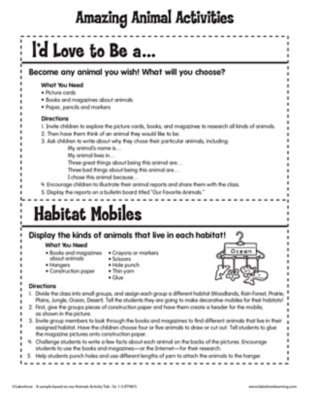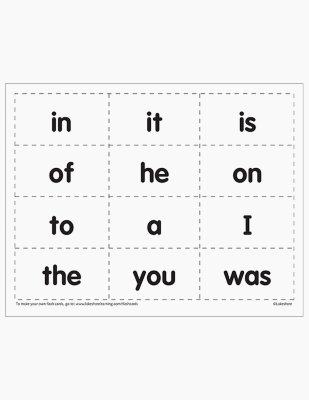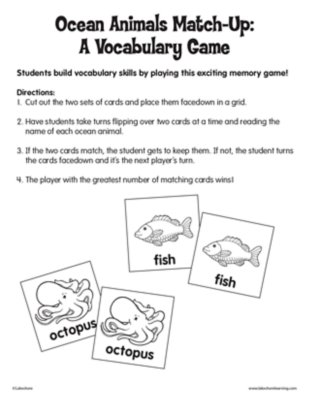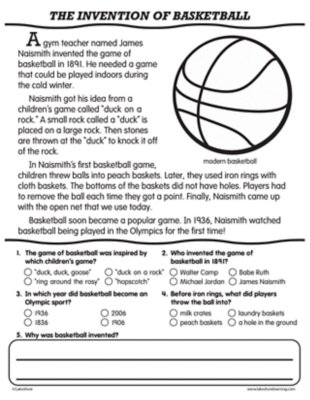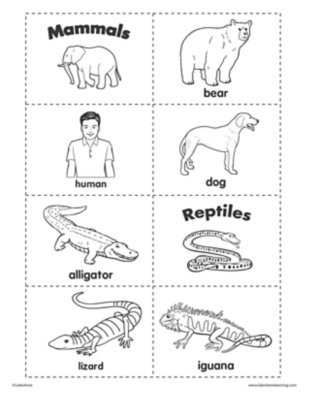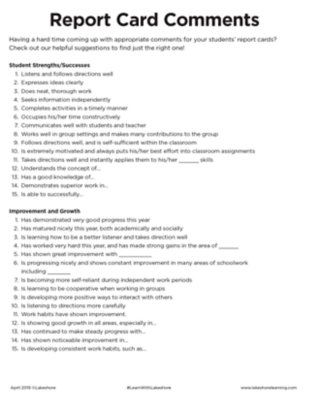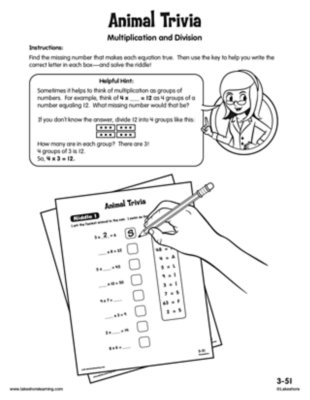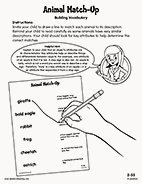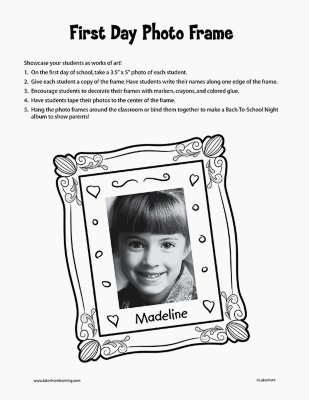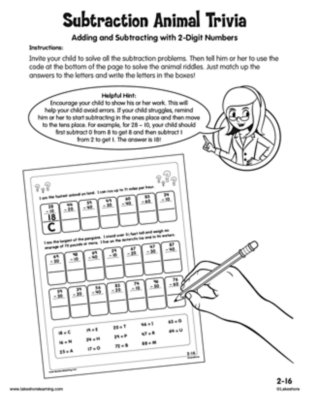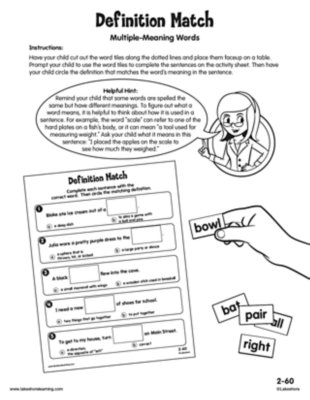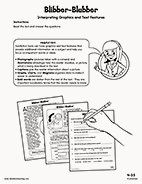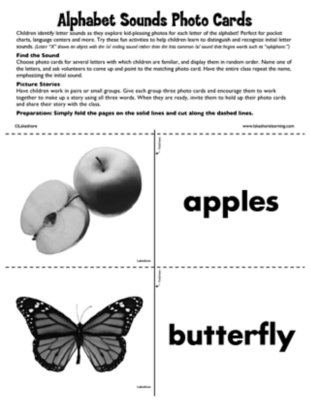
When entering fourth grade, your child should understand figurative language, such as idioms, and be able to distinguish between the literal and nonliteral meanings of words. For example, “It was a piece of cake!”
View worksheetDuring third grade, your child will learn to quickly and easily solve multiplication and division facts within 100 without having to count. For example, 9 x 9 = 81 and 56 ÷ 8 = 7.
View worksheetWhen entering second grade, your child should be able to define words by category and key attributes. For example, “A duck is a bird that swims.”
View worksheetDuring second grade, your child will analyze fiction and nonfiction texts—identifying elements such as main ideas, key details and the author’s purpose.
View worksheetWhen entering second grade, your child should be able to add and subtract using a two-digit number and a one-digit number, as well as a two-digit number and another two-digit number. For example, 22 + 20 = 42 and 41 — 10 = 31.
View worksheetWhen entering third grade, your child should be able to solve problems using information from line plots, picture graphs and bar graphs.
View worksheetWhen entering third grade, your child should be able to solve problems using information from line plots, picture graphs and bar graphs.
View worksheetWhen entering second grade, your child should be able to figure out the correct meanings of multiple-meaning words, such as knowing when the word “bat” refers to a baseball bat or a flying animal.
View worksheetWhen entering second grade, your child should be able to figure out the correct meanings of multiple-meaning words, such as knowing when the word “bat” refers to a baseball bat or a flying animal.
View worksheetWhen entering fourth grade, your child should be able to recognize common features of nonfiction text, such as diagrams, graphs and photo captions. Your child should also be able to use those features to locate information.
View worksheetWhen entering fourth grade, your child should be able to recognize common features of nonfiction text, such as diagrams, graphs and photo captions. Your child should also be able to use those features to locate information.
View worksheet



